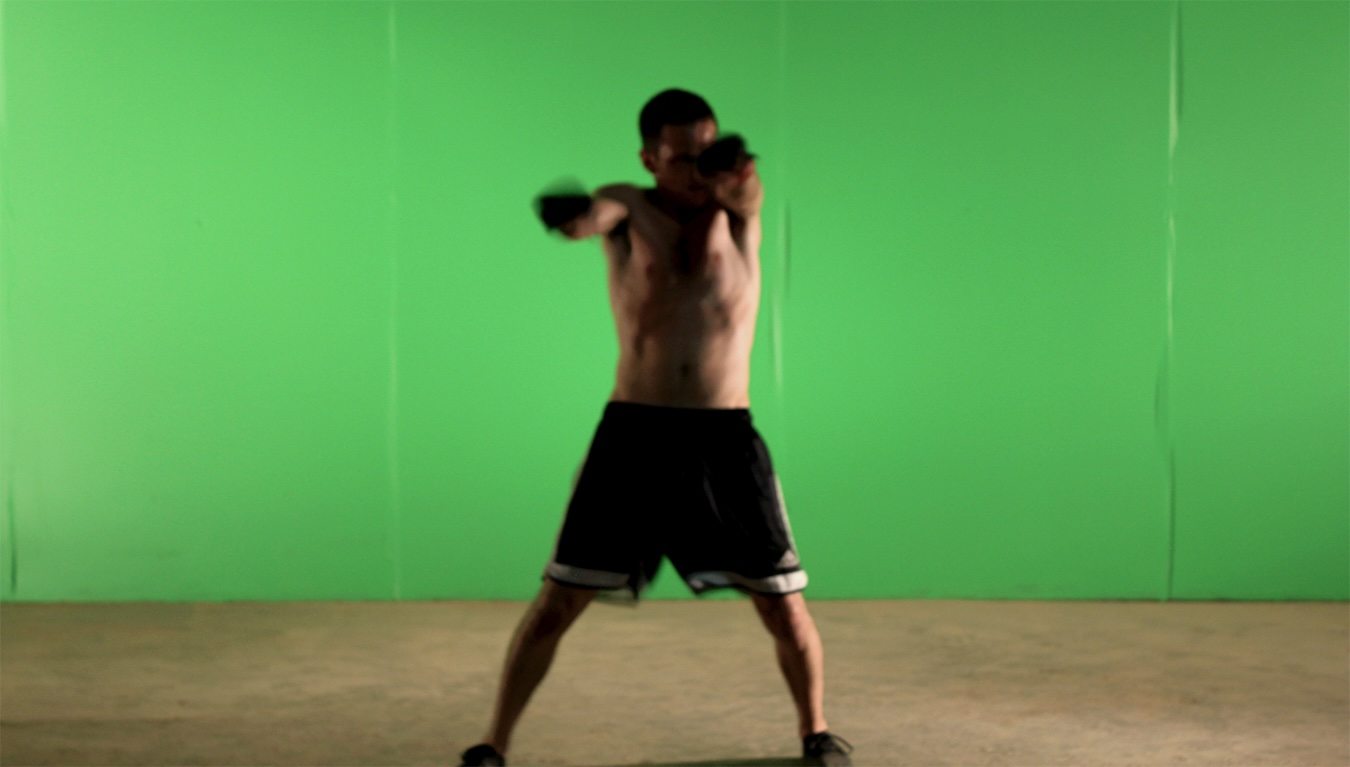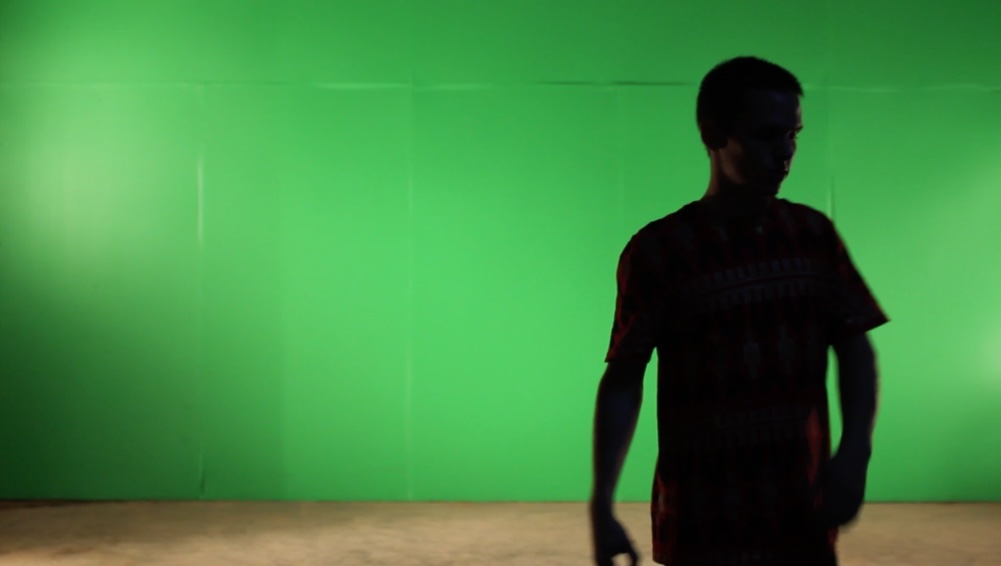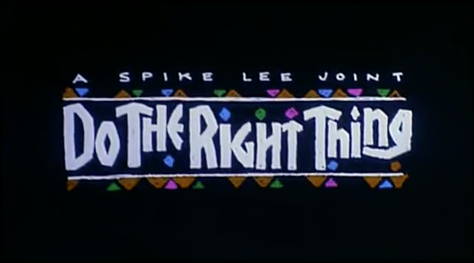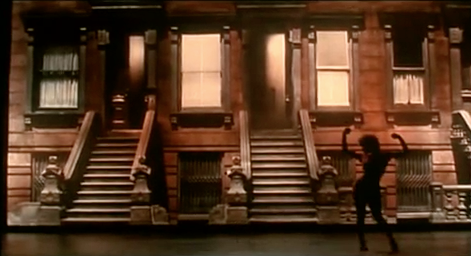


Artwork
Installation
ID
Do The Right Thing
Year
2011
Concept
Connecting with Rosie Perez's display of emotion.
About
Do The Right Thing is a video work that combines footage from Spike Lee’s film of the same name, the music of Lightning Bolt, and the artist dancing. During the opening credits of Spike Lee’s film, the actor Rosie Perez dances to the song “Fight the Power”. It is a forceful and iconic opening to a film that tackles issues of race and privilege.

In trying to identify with her passion while recognizing the obvious distance, the work proposes a scenario in which the young white man dances with Rosie Perez. The choice of music, attire, and dance style were made to allow for the artist to remain true to his experience yet share in a state of parallel spirit.
Postmodernism had thoroughly permeated art education by the time I encountered it at Virginia Commonwealth University in the early 2000s. Art-making was often reduced to a process of digesting a "dense tissue of references to past art—quotations, appropriations, emulations, borrowings, transfers, and iterations"—only to regurgitate those visual signals into object slops.

As a student, following this recipe was manageable, but the work I produced felt hollow without a personal connection to my references. Alex Da Corte stood out as a beacon at the time because his appropriations collaged over-saturated marketing tokens with light-duty art world lore.
I'm particularly thinking of his mashup between Eminem's pop stardom and Jørgen Leth's mute video series, which served as a backdoor into discussing society's favorite artist, Andy Warhol. At the time, it was like catnip to me, a young artist.
However, what I initially found sweet quickly turned bitter as prolonged exposure revealed the arbitrary underpinnings driving his reference remixes. Postmodern work that borrows is initially satisfying because it presents a beautifully rendered version of a recognizable icon with a tart twist.
But it's like a joke that keeps being told; by the third act, it becomes irritating, and in further doses, it turns sad. Anger might be the expected response to the vapid needling inherent in this repetitive concoction, but unlike the physical presence of annoying siblings finger-wagging in your face while reminding you that they're not touching you, all you have to do to escape one postmodern sculptural pairing is swipe to the next.
It's challenging to determine the right proportions of a reference to use so that you benefit from the original without being swallowed by its baggage or alternatively overriding the work's nostalgia. Da Corte seems well aware of this concern and appears to address it by physically inhabiting many of the references he chooses, whether it's the Pink Panther or Brancusi's "The Kiss".
His works seem to better fit the mold of someone investigating a liminal space or pondering a mixed emotion. His videos are long, quixotic, and warm. I made a version of Rosie Perez's dance sequence because of its energy and speed.
I think the opening credits work better to embody the film it precedes than any movie trailer could. Spike Lee's film presents the exhaustingly human problem of conflict erupting at racial and cultural lines. Public Enemy's "Fight the Power" then supplies a call to action which Perez is able to use to channel the collective anger of the short-tempered, heat-burdened characters of the film.
Each performer appears to be fed up with the status quo. The character Radio Raheem helps carry the force of Perez's dance moves through the film and into its climax. Perez and Lee give us a way to express ourselves that preempts the violence that comes later and models reality.
The narrative of "Do the Right Thing" defines the power displayed by Rosie Perez, but in turn, the dance sequence is the film in its concentrated form. I used to think my aim was to dance with Rosie Perez, wanting to follow her steps and share the emotions they imparted.
I now think it's more accurate to say I danced because of her. I wanted to release my aggression in the mold Perez created. Looking back at this work, I find it more successful than other pieces I've made that use obvious cultural references because I wasn't focused on building something new or additive.
Instead, I approached the dance as enacting a prescription given by someone more qualified, allowing for a more authentic and emotionally resonant expression.
